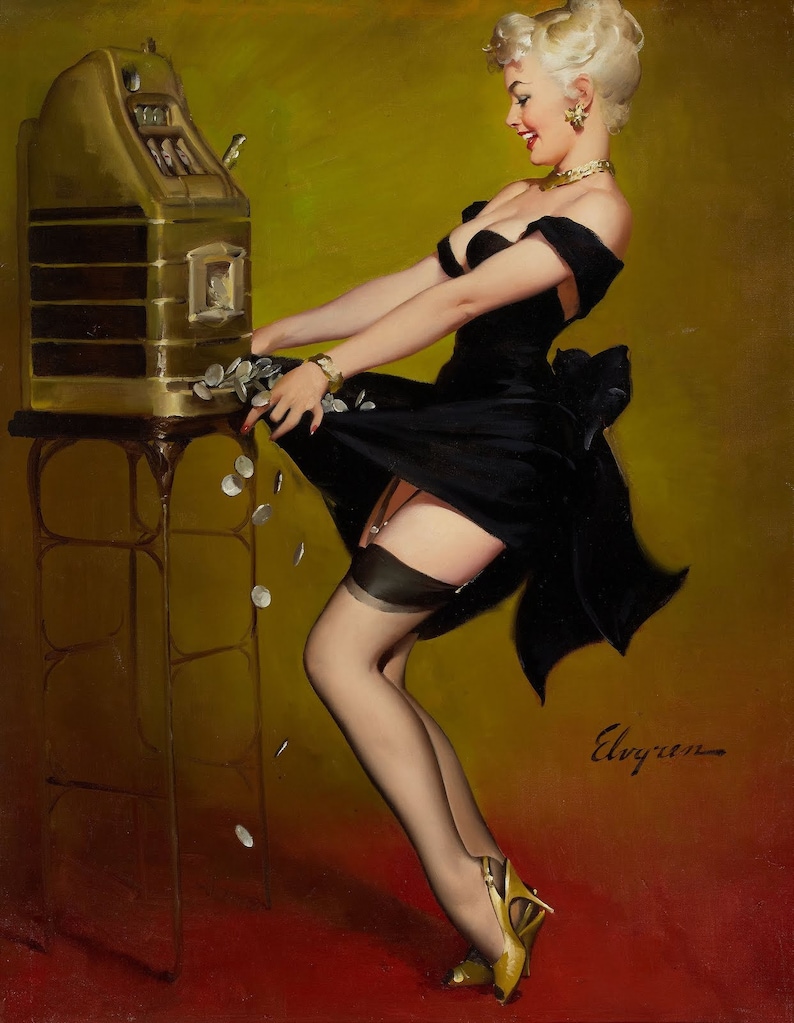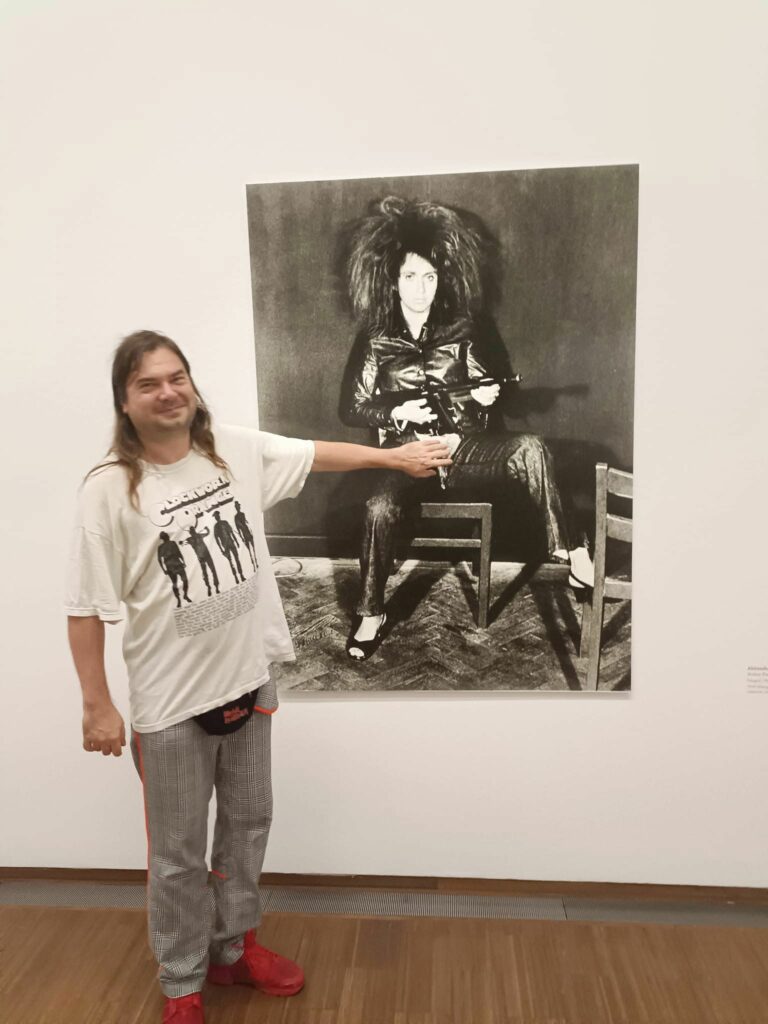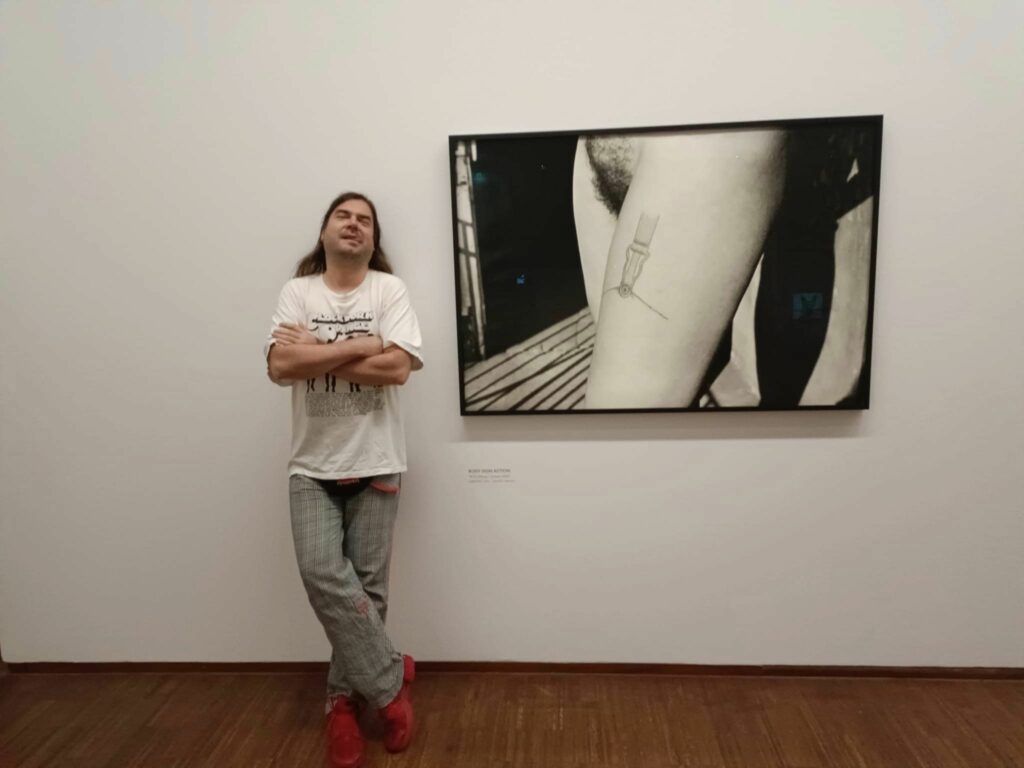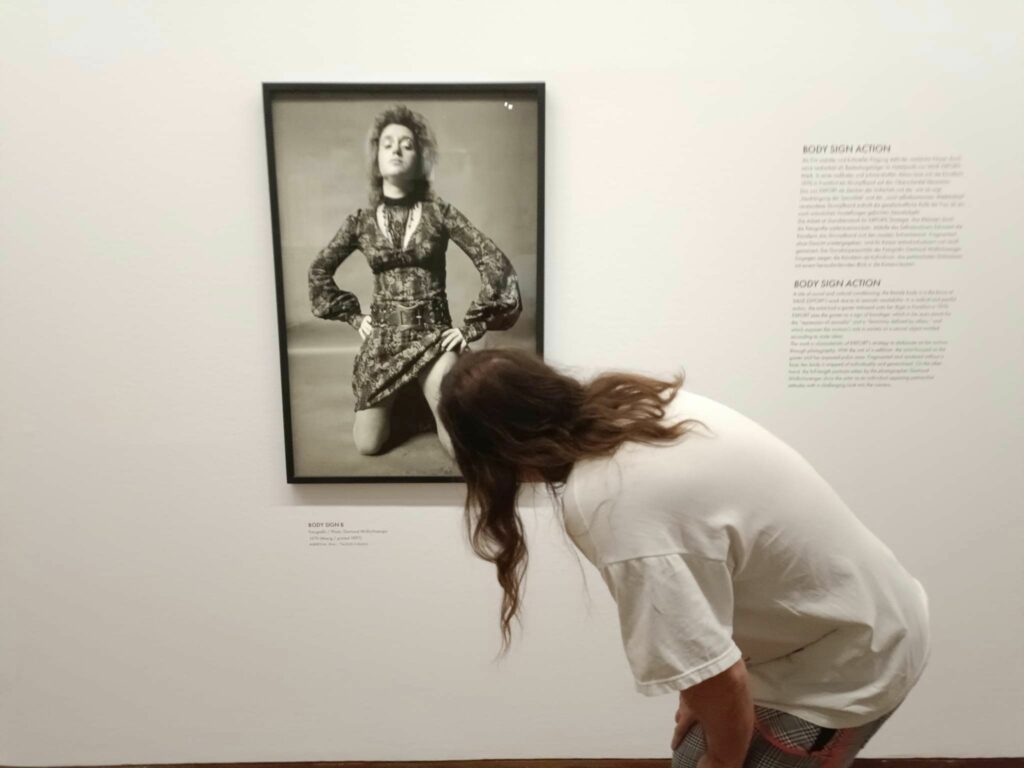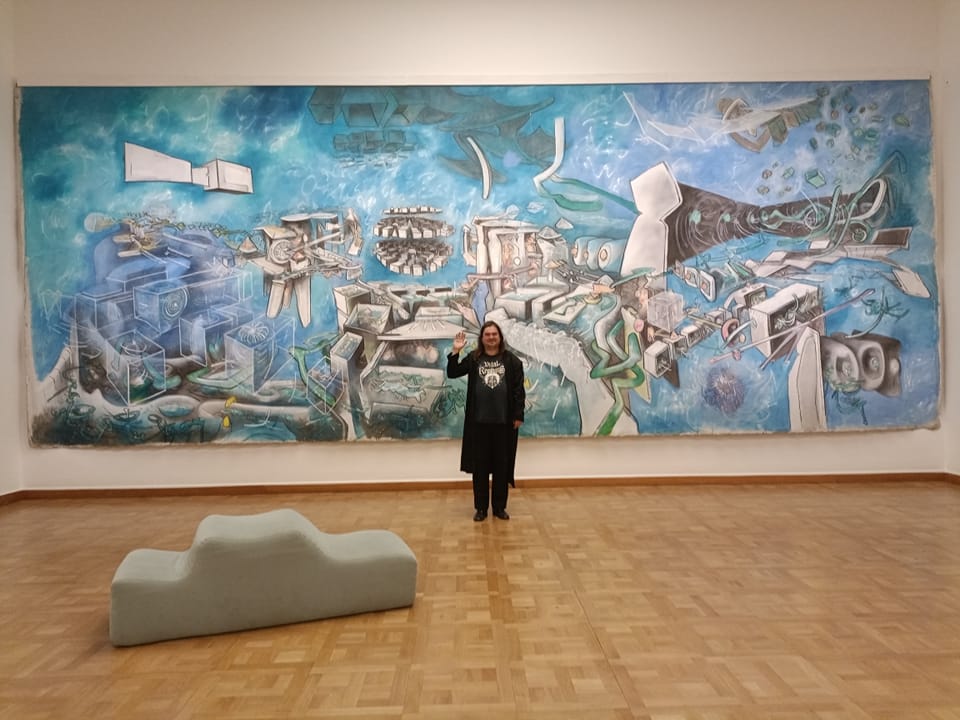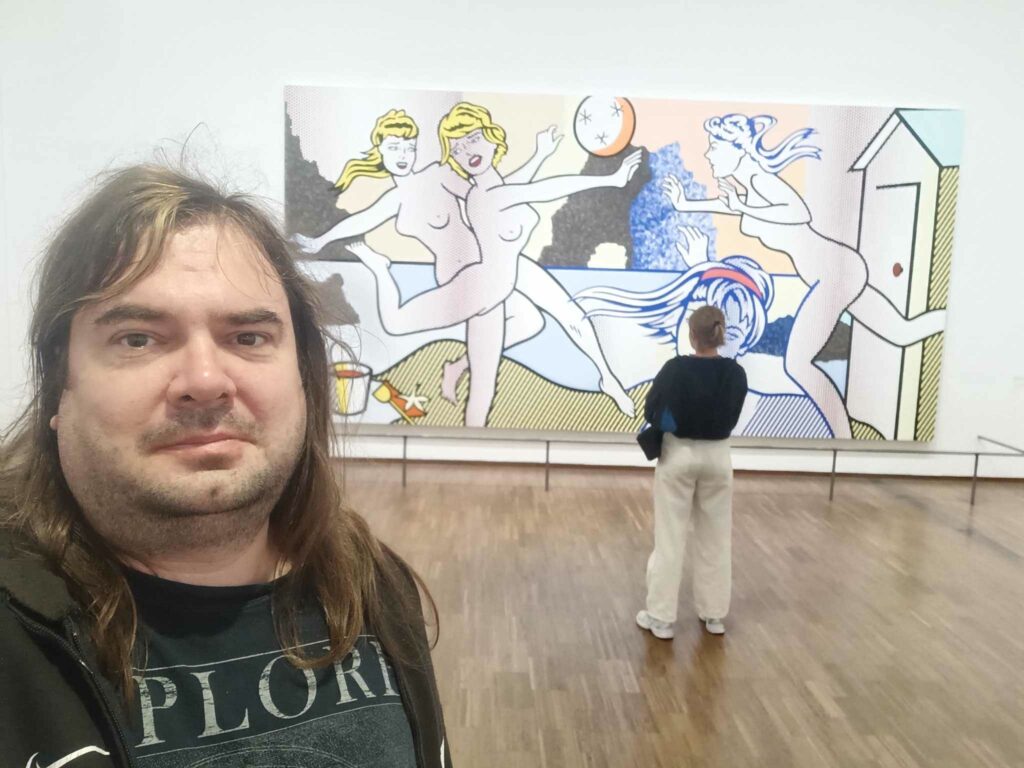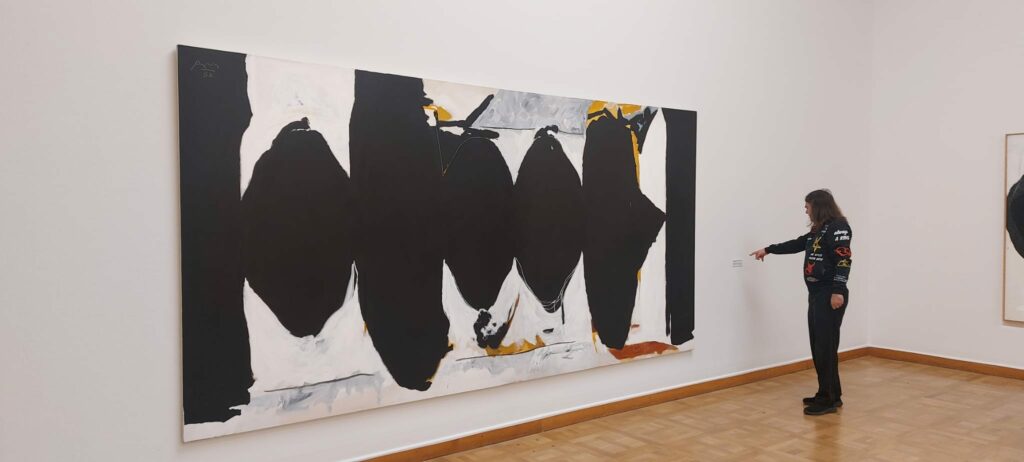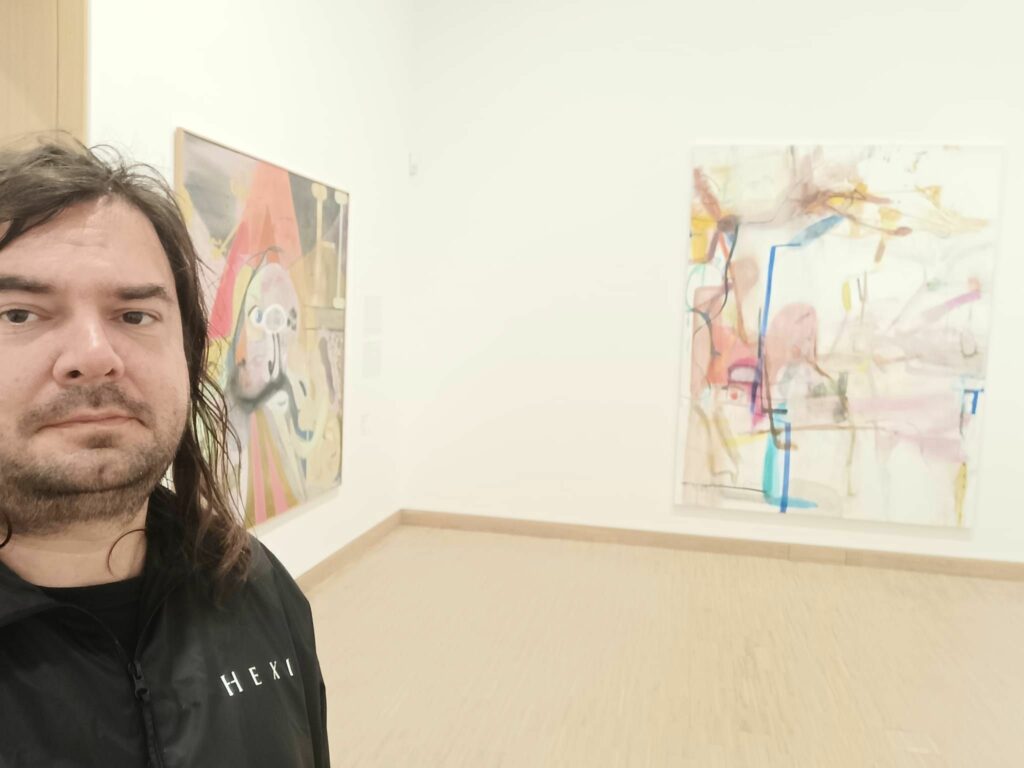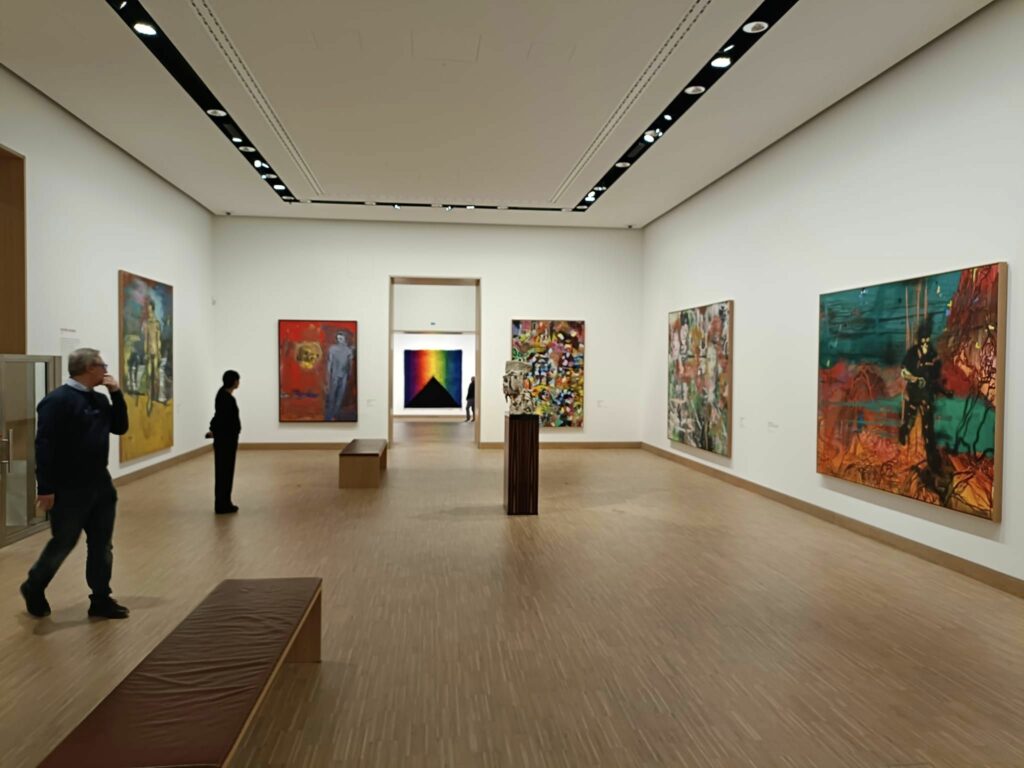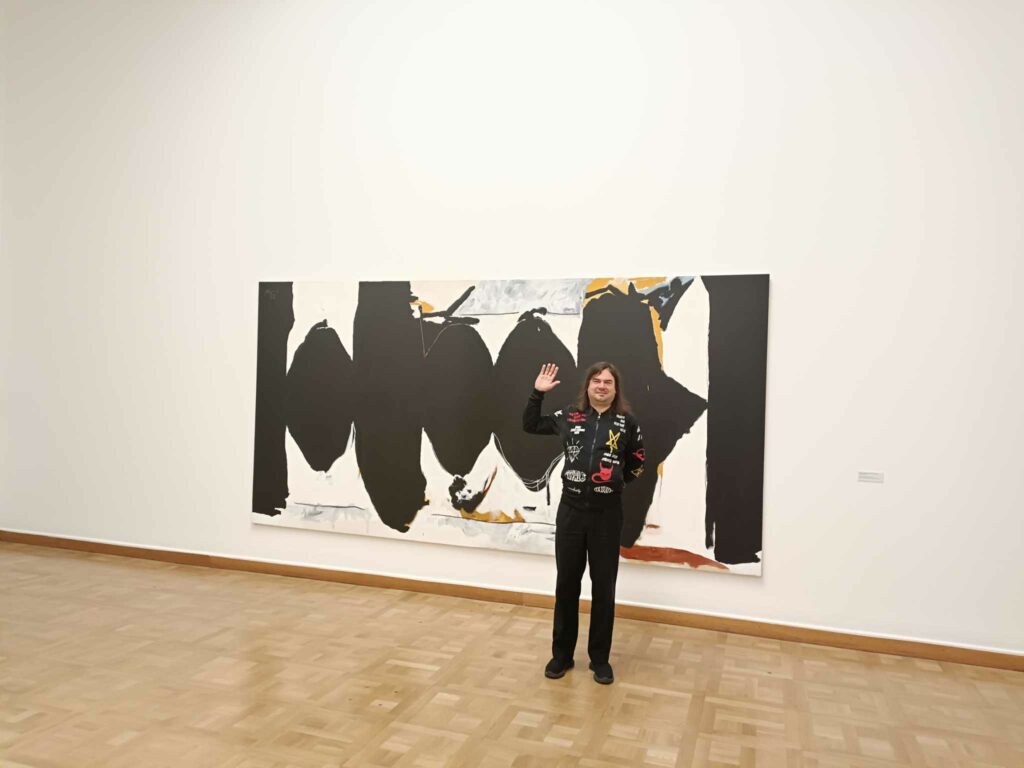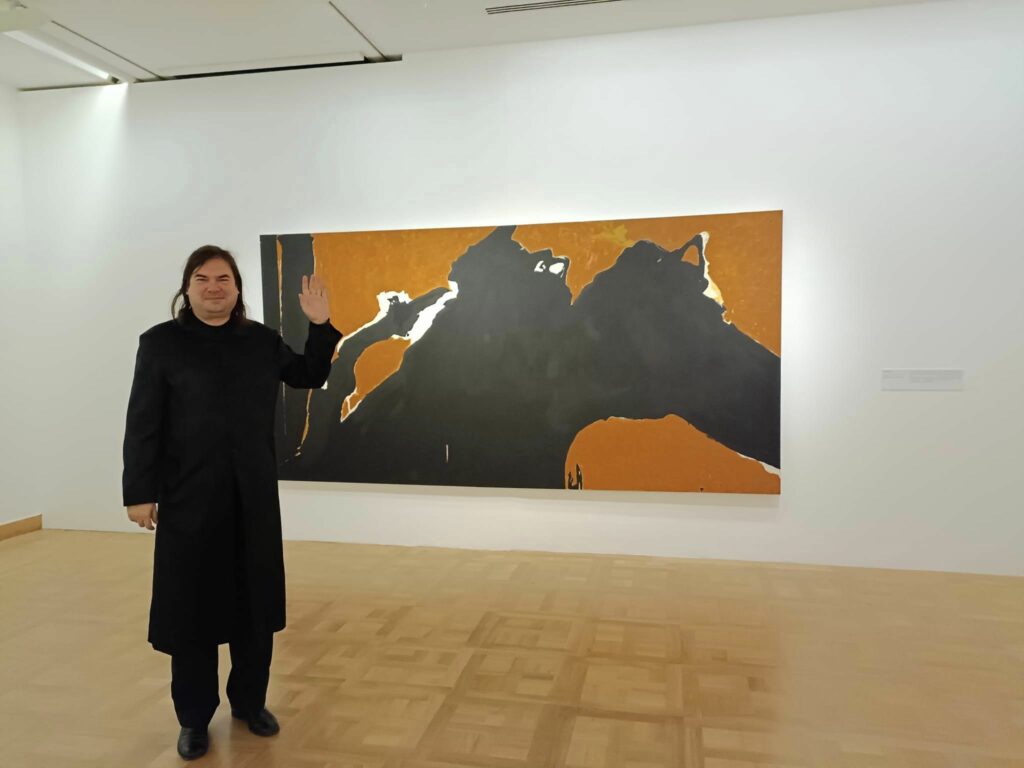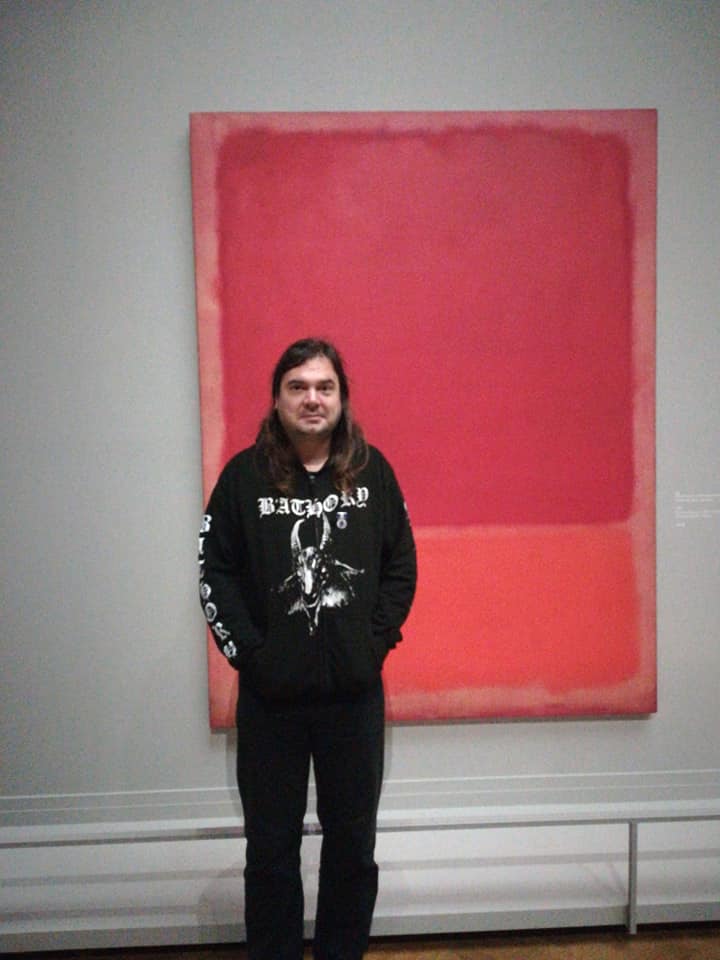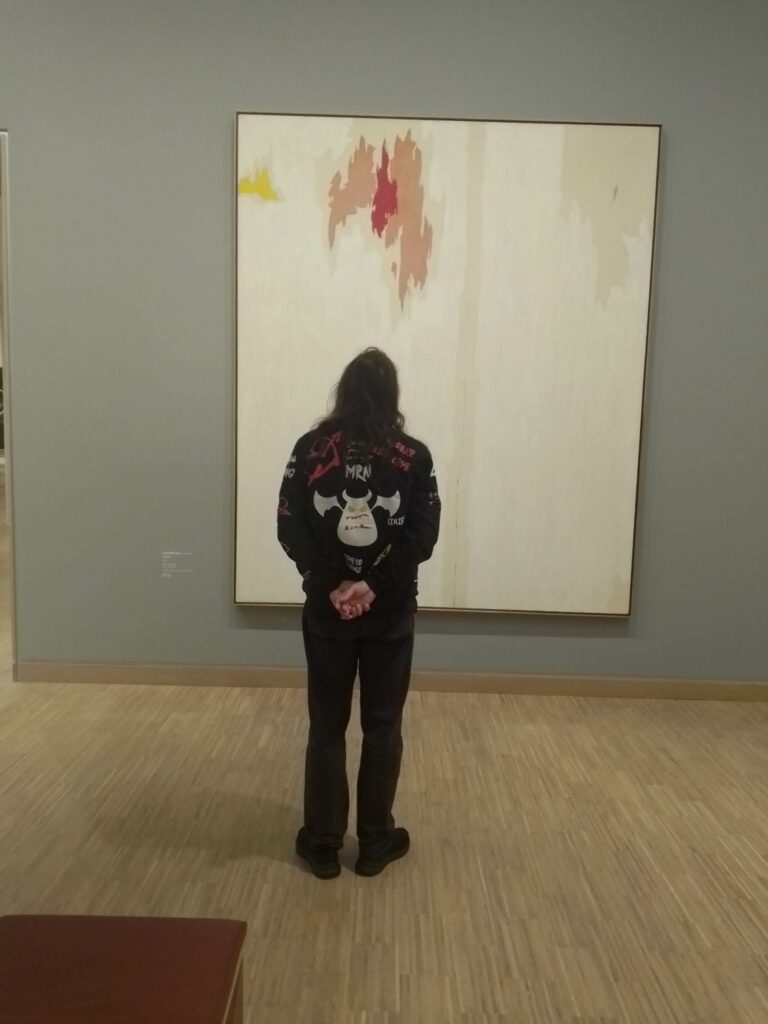Beauty, as it is out there in the world, and our sense for beauty, that is within us, serve to arouse sexual attraction, i.e. to foster the reproduction process. Therefore beauty is linked to the probably only inherent determination of any species, that is to ensure its own reproduction. Therein, beauty is fundamental and primordial enough to receive the praise it usually receives. Of course, beauty is also distinctly transcendent to this. Humans at least may find things of all kinds beautiful. Humans have a sublimated sense for beauty, and there are humans that have a more sublimated, or seemingly innate sense for beauty than other humans. When philosopher Immanuel Kant says, beauty is what provokes “interesseloses Wohlgefallen” in us, i.e. pure pleasure without any longing for attachment to the respective source, we may consider it correct, at least after thinking the argument through. We may consider this a “deep” and truly sublimated notion on the character of beauty. On the other hand, we may see this notion as an expression of Kant´s alleged frigidity and deem It ridiculous to strip off beauty of its primary functionality: to make us feel (sexually) attracted to something. Yet to beauty we might both, or either-or, feel attracted or relate to it with a distanced awe. Mathematicians sense beauty in equations (and consider it as an indication for their truth), physicists muse about the “elegant” universe. We may consider nature beautiful, or art, or specific forms, but that may be because “nature”, i.e. flowers or animals are beautiful to attract mating partners, and due to our sublimated sense for beauty, also we may be aware of their beauty, without feeling sexually attracted to them. Children, with their big eyes, big heads, small noses, etc. look in a way so as that we feel emotionally attracted to them. We also feel attracted to the sublime, though the sublime is not necessarily beautiful. We may be fascinated by what is ugly or fearsome. Beauty is a bit paradoxical, or two-faced, as it is both “objective”, but seems to require also a subjective note. Beauty is objective as it is the most average looking face, a face that combines the most average characteristics, that we consider the most beautiful. That is the objective beauty standard. Yet the beauty that we personally feel most attracted to, the beauty that we love, will be a beauty with undistinguishable subjective characteristics. The beauty that we love will not be a clinical beauty. It will be highly subjective, a pulsating subjectivity, vital, vivid, blossoming, overflowing. It will seem like being born anew every time we look at it, it will be poetic. The highest form of beauty is not merely the beauty we feel attracted to. It is the beauty that we love. What we love will deem us beautiful (even if it objectively isn´t). In the highest sense, beauty is linked to a pulsating subjectivity. Love is the encounter of two subjectivities. And beauty, in the highest sense, is the encounter with a subjectivity that deems us of objective importance.


When I try to think on the last things, the transcendental things, or visualise them before my inner eye, there will be a vibrant fluctuaction of images, and semi-images. That is how the metaphysical abyss looks like, when you gaze into it. Yet likely my final image of what is beauty will freeze and solidify into a woman presented by Gil Elvgren. Gil Elvgren (1914 – 1980) was the genius of pin-up illustration. Pin-ups may be seen as something to please the so-called “male gaze”, by presenting “objectified” images of women, i.e. women turned into sex objects, to gratify an aggressive male sexuality, presumably entangled with a masculine will to power. But the dominant feature of the women of Gil Elvgren is their overflowing subjectivity. With their vibrant friendliness they will kill any aggressor with kindness. They are what a human being should be: they are happy and they are self-contained in their happiness. Their subjectivity is liberated. It´s a light world they inhabitate, and with their light that shines out of them they melt anything that seems complicated or uncomfortable like ice in the sun. The world seems like a garden where the women of Gil Elvgren bloom and blossom. Their vibrant, blooming subjectivities even overpower the underlying voluptuous character of this specific world. Gil Elvgren´s pin-ups are by no means vulgar, the eroticism is tacit, the risque element is usually presented in a humorous way. Gil Elvgren´s women have personality and verve. The verve lies in their body language, their personality lies in their sophisticated facial expressions. Feminists like to muse that many men are too fearful to actually look into the face of a woman. But when he is asked about the most important characteristic a model should have for him, Gil Elvgren mentions the face, respectively a face that is highly expressive. “A gal with highly mobile facial features capable of a wide range of expressions is the real jewel. The face is the personality.”


I have some real reasons to think that beauty is feminine. However attractive they may get, men are too clumsy and unsophisticated to really be beautiful. Men want to conquer territory and occupy space. They want to thrown things around and they make a mess. The technological manipulations and the theoretical and practical artefacts that stem out from this behaviour may be interesting and intellectually pleasing (Schöner ist das Frauenzimmer, interessanter ist der Mann, rhymes Nietzsche), but beautiful they are rather not. Men lack sweetness and grace. Their curves are miserable and dismal. Above all, men do not radiate innocence. It is the innocence that makes the women of Gil Elvgren so attractive. I know women with a sense for beauty. Even they overly post images of women way more than they do of men. Taking all this into account, I finally experience that I react to the women of Gil Elvgren actually with “interesselosem Wohlgefallen”. A state of pure pleasure and bliss that becomes self-contained. What has its roots in provoking sexual attraction equally elevates and transforms into a lofty state of attachment-free delight. Eminent logician Kurt Gödel used to enjoy Walt Disney movies, especially Snow White, because, to him, it presented a world in the way the world should be. Likewise to me, my garden of delight seem to be the pin-ups by Gil Elvgren. A world populated by the women of Gil Elvgren is the way a world should clearly be.


In the Anatomy of Human Destructiveness Erich Fromm distinguishes between the Biophilic and the Necrophilic principle, similar to Eros and Thanatos in the Freudian understanding. The Biophilic is life-affirming, positive, attracted to anything that symbolisises life and its growth process, anything that is blossoming, flourishing, self-sustaining, seemingly innocent. The Necrophilic tries to abstain from all these qualities, or openly opposes them. It is abstract, distanced, overly calculating and the like in its more general features, it is attracted to decay, death, aggression and perversion further down its own spiral. The Biophilic is anti-neurotic, the Necrophilic stems out of emotional blockades, or negative emotions. Most humans share biophilic and necrophilic tendencies. Only few humans are more or less thoroughly or completely necrophilic; in The Anatomy of Human Destructiveness Fromm discusses Hitler as a respective example at great length. Yet there are also a few humans that are thoroughly or completely biophilic, as we may assume. As long as there is Being, the Biophilic will be the stronger principle than the Necrophilic, since as long there is Being, it will triumph over Nothingness. The pin-ups of Gil Elvgren are an emanation of the purely Biophilic, I would say. Gil Elvgren preferred to work with younger models at the beginning of their career. According to him, they may still carry the freshness and spontaneity that older and more experienced models lack. He valued models that were interested and enthusiastic, but said that they were “very hard to find”. The purely Biophilic and pure beauty are, indeed, hard to find, in the human swamp, in the swamp of existence. But, once they surface, they outshine the swamp. They give us the idea that we all are beautiful, biophilic, and authentic. And somewhere deeper down at least, we are. That´s why these emanations are so vital, and that is why the women of Gil Elvgren have a special place in my heart, and mind.


Whether beauty is “ontologically hard”, i.e. “out there” in the world, or just a subjective phantasma, however objective its criteria may be, is probably undecidable. That would render such speculations, in the final consequence, as mere metaphysics. That would all but close the circle, in which beauty appears as something “metaphysical” in the first place. The metaphysical is an eternal knot, or an eternal twisted loop, which relates our enigmatic subjectivity to an enigmatic objectivity, and tries to sort out the meaning of both by reflecting one in the other. The metaphysical seems to give our subjectivity objective importance and gravity, and the objective enigmatically mimicking or reflecting our subjectivity. And so does beauty.

